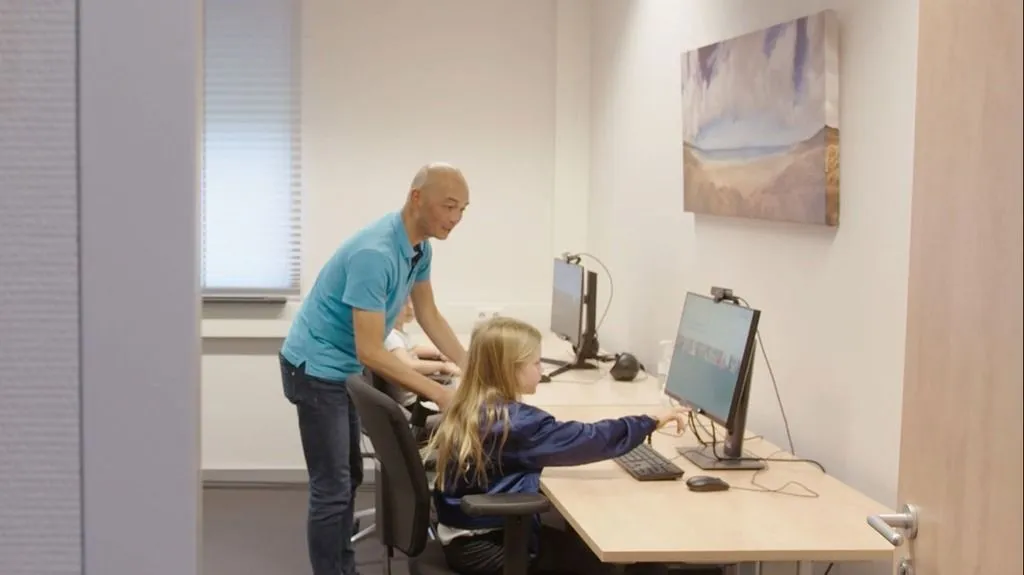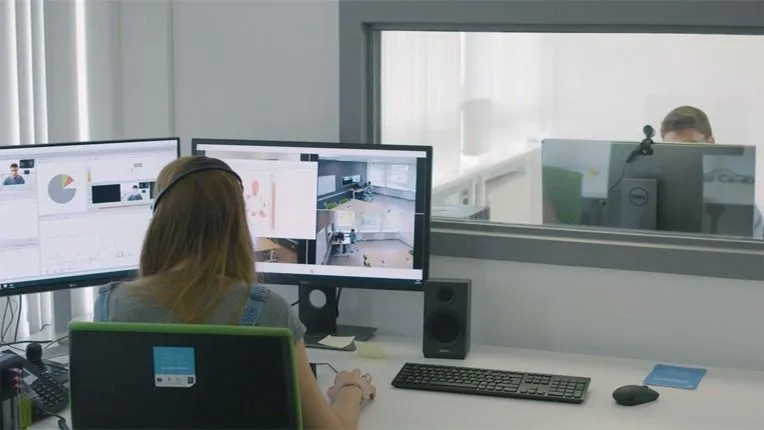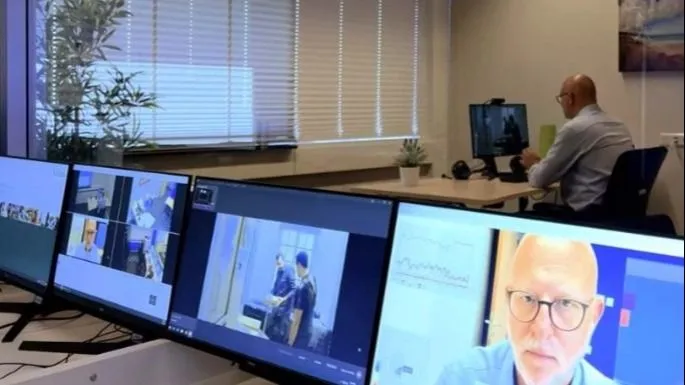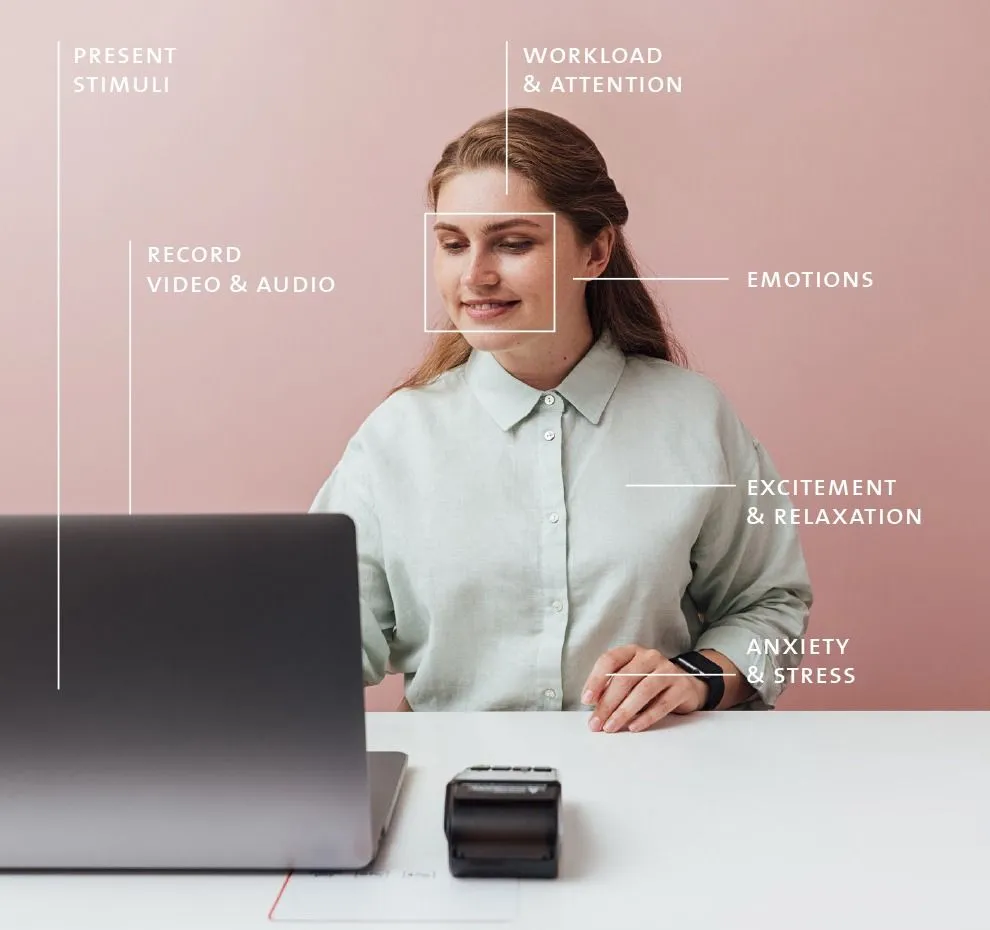Monitor and analyze behavior
Observation lab
When you intend to perform observations for your study or research, or if you need to capture a participant’s behavior while navigating on a website, you must be able to perform these actions in a certain room or space.
Sometimes, people act differently if they know they’re being observed. Observation labs help you capture natural, unbiased behavior.

What can you do in an observation lab?
Study human behavior
Whether you're observing how children play or how a team communicates and solves problems, an observation lab helps you capture authentic reactions, such as interactions.
Educational research
When you want to understand how people learn, or how they interact in a classroom setting, an observation lab gives you the control and tools to watch their progress in real time.
Market research
Are you testing how people engage with a new product or marketing campaign? Watch as participants naturally interact with what you’re testing, and get data that helps you fine-tune your strategy.
Medical research
If you’re involved in medical research, an observation lab allows you to monitor patient responses to treatments, or how they interact in therapeutic settings.


